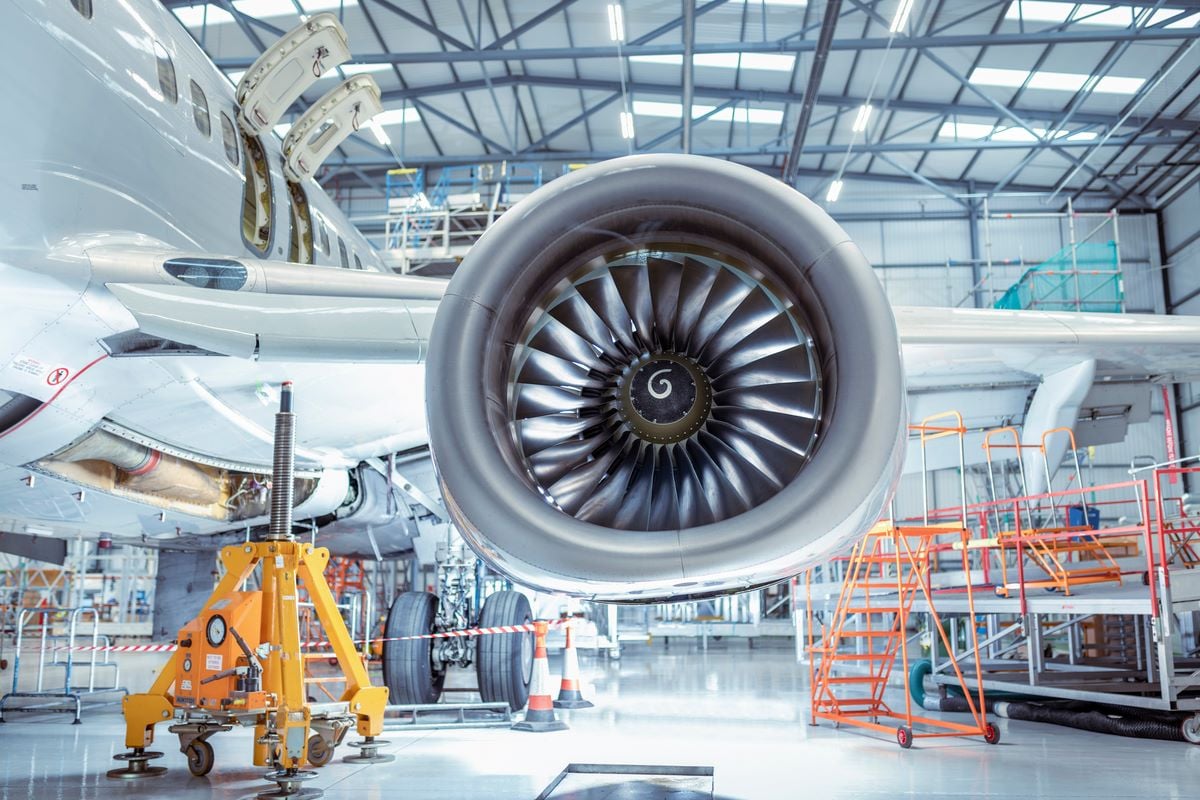
AeroGenie — Seu copiloto inteligente.
Tendências
Categories
Kizilelma Begins Testing with Ukrainian Engine
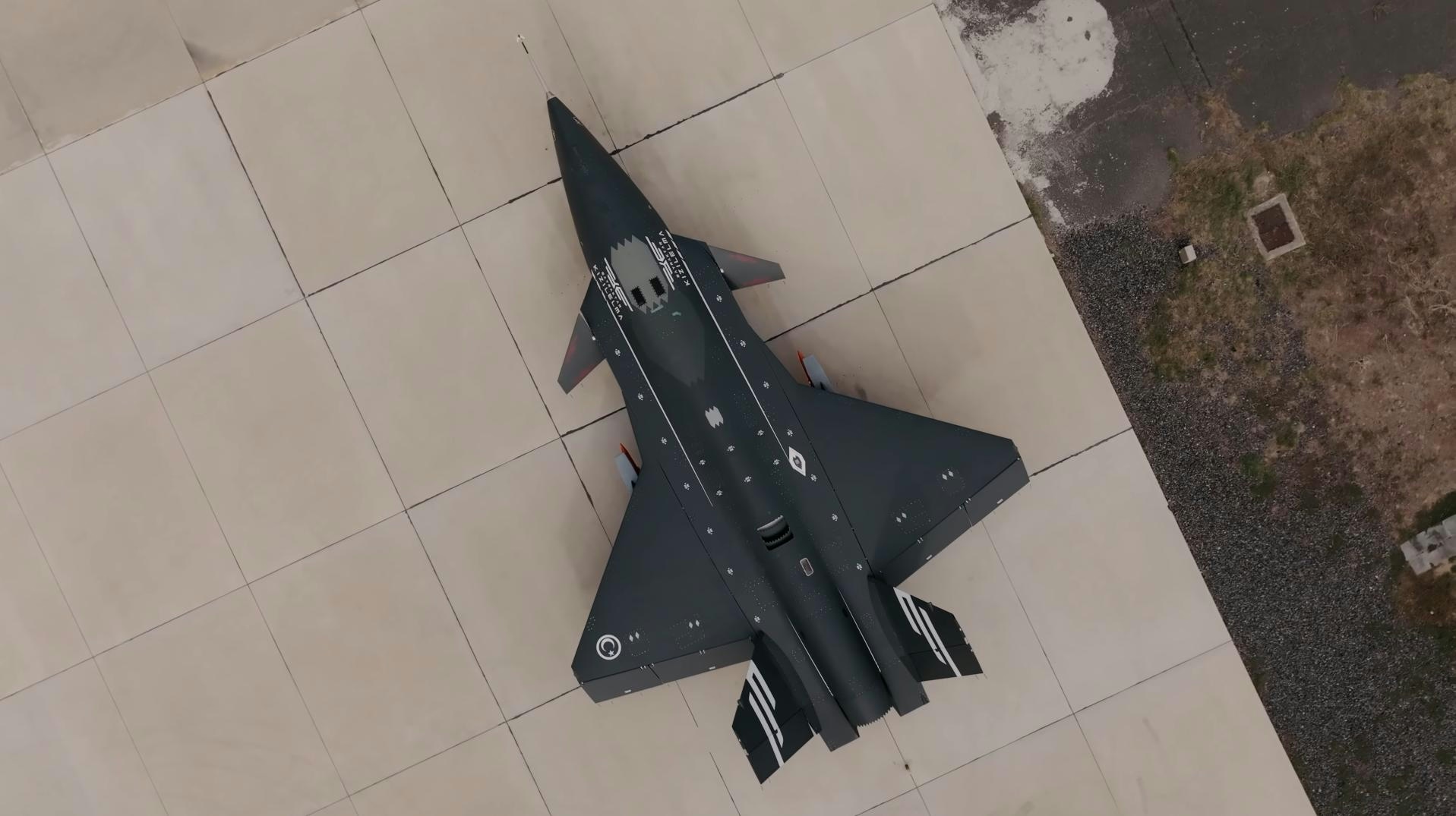
Kizilelma Drone Advances Flight Testing with Ukrainian Engine
Turkish defense manufacturer Baykar has initiated flight testing of the third prototype of its Kizilelma unmanned combat aerial vehicle (UCAV), now powered by a Ukrainian AI-322F engine. The recent tests, captured in footage released by Baykar’s press service, represent a pivotal phase in the drone’s development. During these flights, the Kizilelma carried a 250-kilogram Mk.82 bomb equipped with the TEBER-82 guidance kit, underscoring its growing operational capabilities.
Testing and Technical Developments
In this testing phase, engineers are focused on gathering aerodynamic data and monitoring flight parameters while the drone carries external weapon loads. Interestingly, the bomb was mounted on an external SADAK-4T pylon, despite the Kizilelma’s design featuring internal weapon bays intended to preserve its low-observable profile. This approach reflects ongoing assessments of the drone’s operational flexibility and stealth performance.
This round of testing marks the fourth since the program’s inception in late September and centers on integrating the new Ukrainian afterburning engine. The AI-322F replaces the AI-25TLT engines used in earlier prototypes, delivering increased thrust and enabling the drone to approach supersonic speeds. Baykar reports that the combination of the new engine and aerodynamic refinements will allow the Kizilelma to execute more complex maneuvers at higher velocities. The third test flight specifically evaluated aerodynamics and propulsion at a mid-subsonic speed of Mach 0.6.
The Kizilelma has demonstrated compatibility with a variety of munitions, including large-caliber bombs and smaller precision-guided weapons such as the TOLUN, which is comparable to the U.S. GBU-39/B Small Diameter Bomb. Baykar initially procured the AI-322F and AI-25TLT engines from Ukraine’s Ivchenko-Progress in 2021, with deliveries continuing into 2024.
Design Specifications and Operational Capabilities
The drone is capable of reaching a maximum flight altitude of 13,700 meters, with a service ceiling of 7,600 meters and an endurance exceeding three hours. It is designed to accommodate multiple variants—subsonic, transonic, and supersonic—with a subsonic cruising speed of Mach 0.6 and a maximum speed of Mach 0.9. The airframe measures 14.5 meters in length, 10 meters in wingspan, and 3.5 meters in height, supporting a maximum takeoff weight of 8,500 kilograms and a payload capacity of 1,500 kilograms. All phases of flight, including takeoff, landing, cruise, and taxiing, are fully autonomous.
The production model is expected to be equipped with an electro-optical targeting suite, an infrared optical system, and a multi-mode active electronically scanned array (AESA) radar, enhancing its reconnaissance and combat capabilities.
Challenges and Market Implications
Despite these advancements, the Kizilelma program faces several challenges. Ensuring the reliability and sustained performance of the Ukrainian engine remains a critical priority, as technical difficulties may emerge during ongoing testing. Furthermore, geopolitical tensions could disrupt supply chains and international cooperation, potentially affecting the program’s timeline and export potential.
Industry analysts observe that Baykar’s progress with the Kizilelma is likely to intensify competition within the unmanned combat air vehicle sector. This development may prompt rival manufacturers to accelerate their own technological advancements. As the testing program continues, the drone’s evolving capabilities are expected to draw increased attention from both prospective buyers and industry competitors.

LATAM Confirms Order for Airbus A321XLR Jets

ExecuJet MRO Services Renews FAA and African Certifications

SalamAir Signs Heavy-Maintenance Agreement with Joramco

STV Forms Engineering Partnership to Advance Modern Aviation

Sabre Introduces AI Chat Solution for Airlines
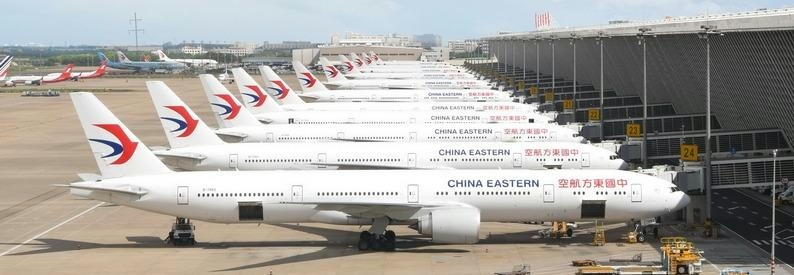
China Eastern Airlines to Pay $96 Million for STARCO Buyout
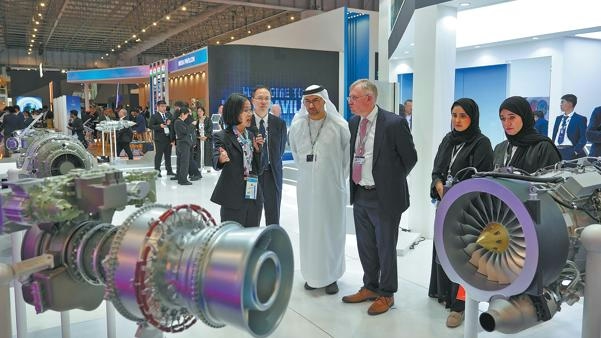
Chinese Innovations Take Center Stage at Dubai Air Show
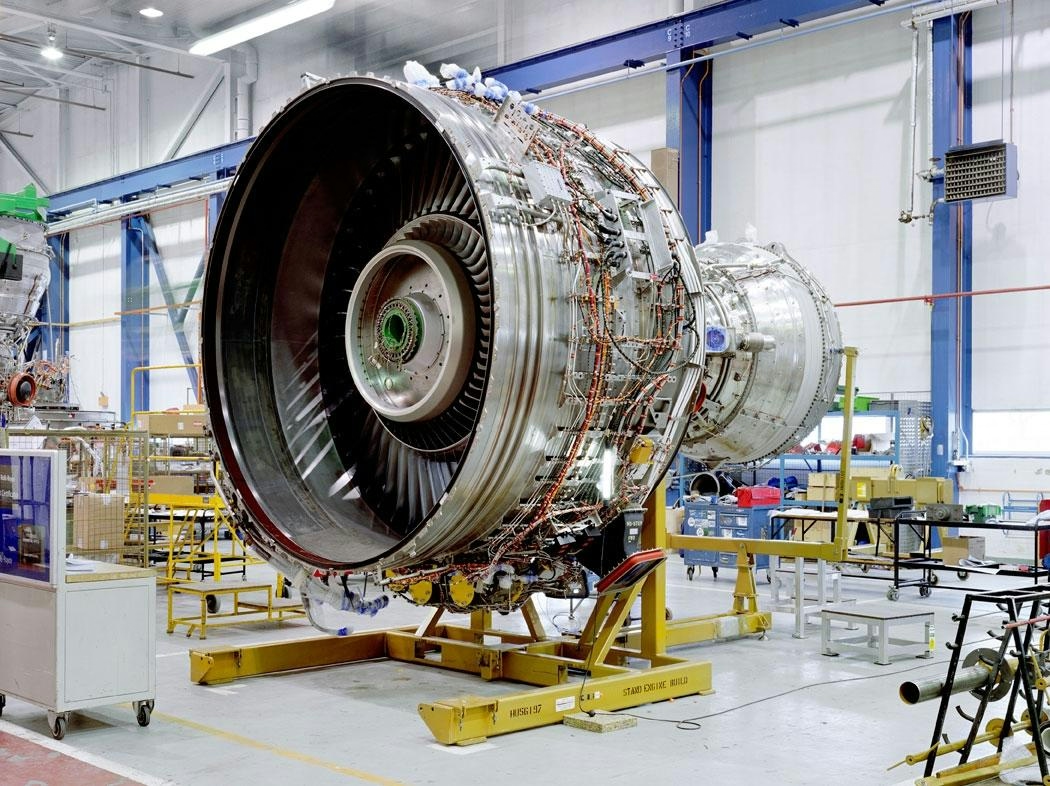
Emirates to Handle Part of Trent 900 Engine Maintenance In-House
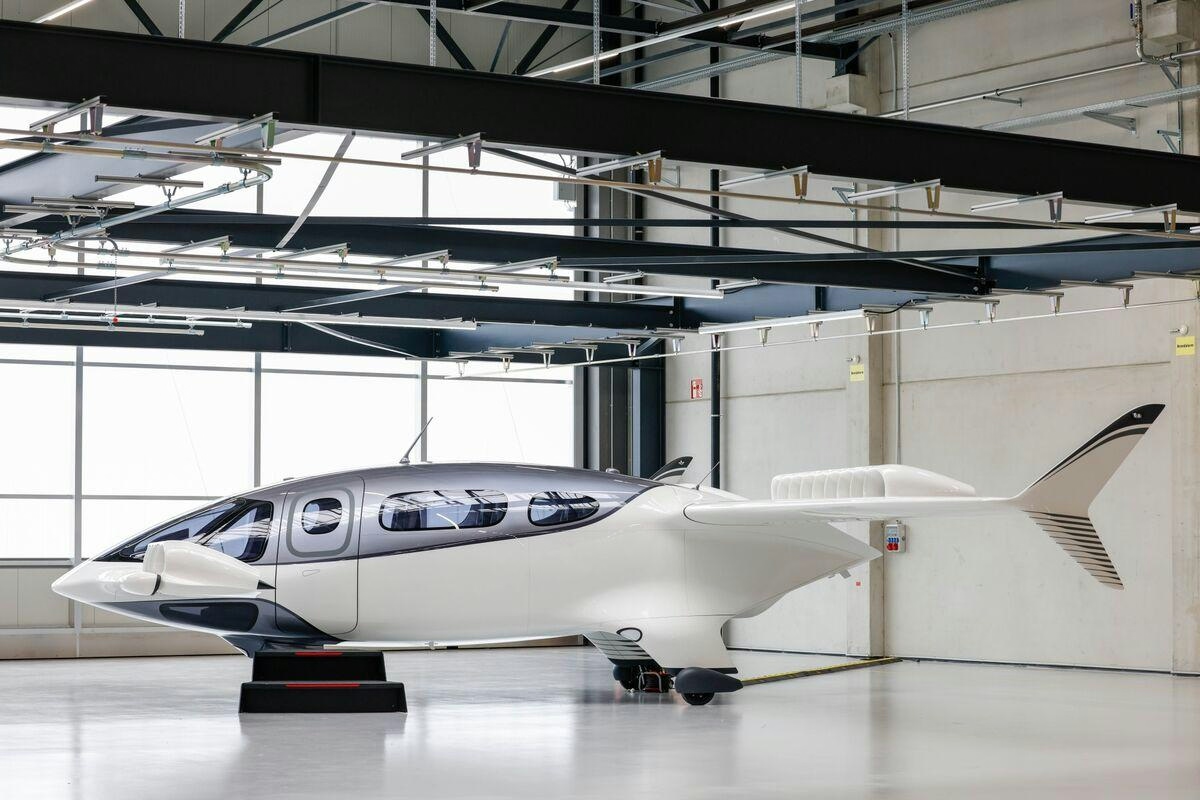
Saudi Arabia Plans Electric Air Taxis for Tourism by 2026
